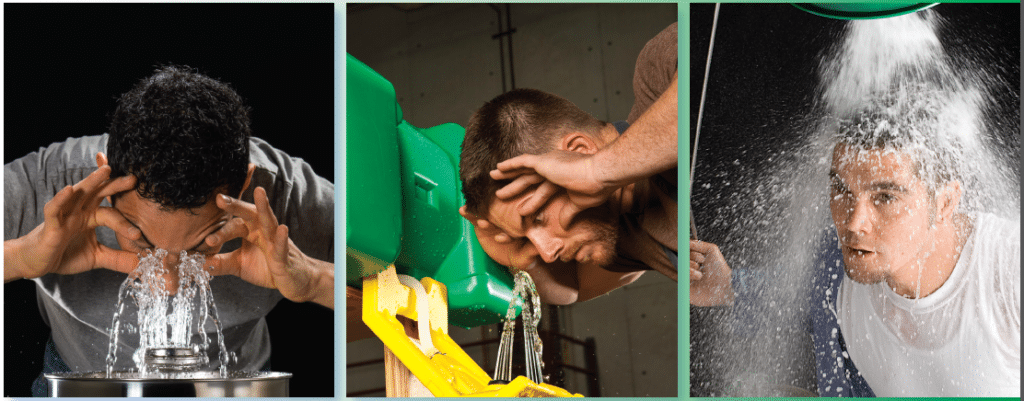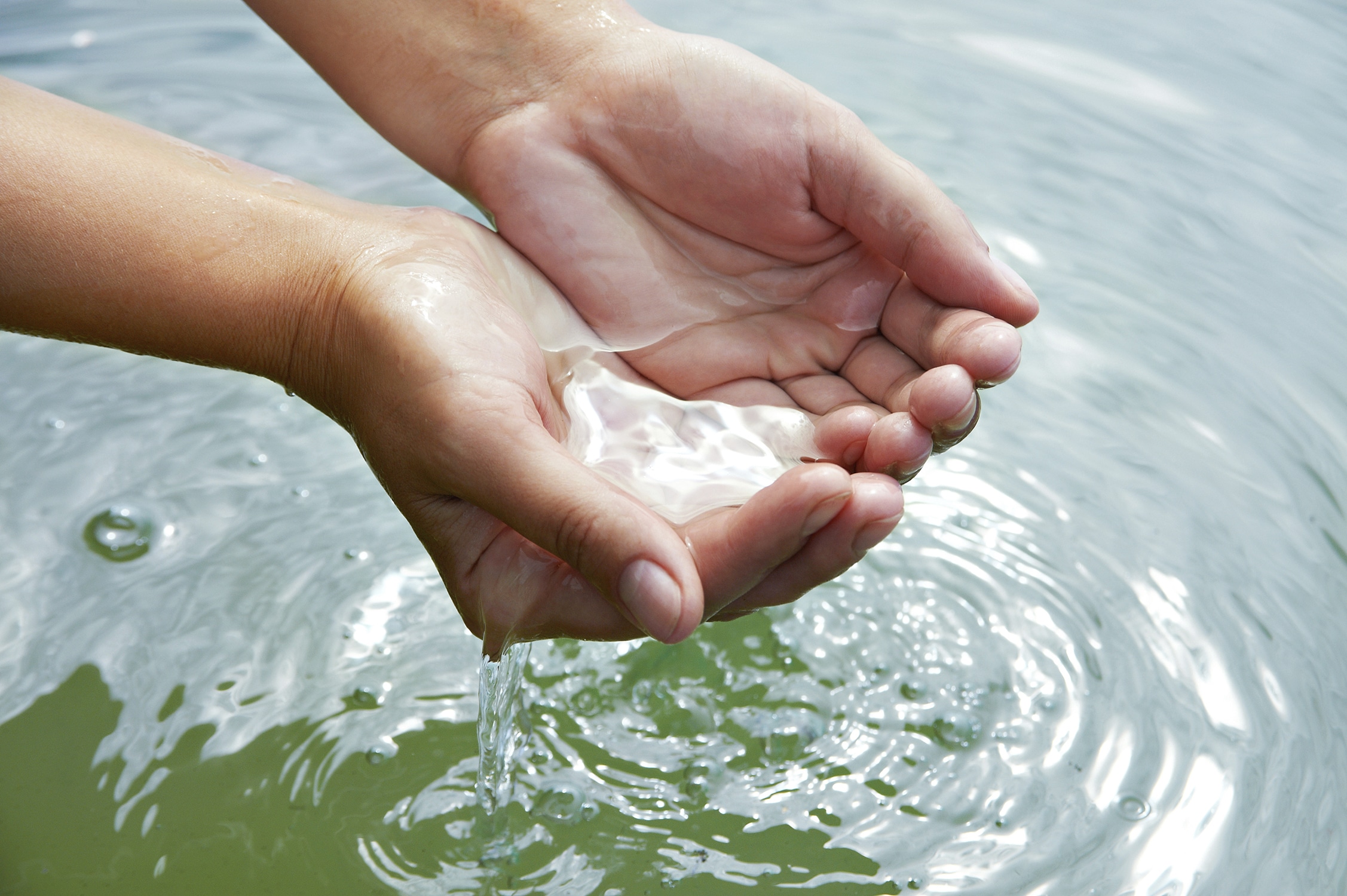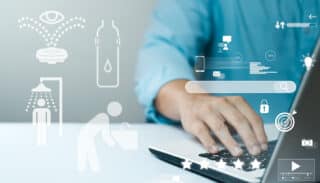 SAFE DRINKING WATER ACT SUMMARY
SAFE DRINKING WATER ACT SUMMARY
Since 1986, the Safe Drinking Water Act (“SDWA” or “the Act”) has prohibited the use of certain items that are not lead free, and since 1996 the Act has made it unlawful for anyone to introduce into commerce items that are not lead free.
Section 1417(a)(1) prohibits the “use of any pipe, any pipe or plumbing fitting or fixture, any solder, or any flux, after June 1986, in the installation or repair of (i) any public water system; or (ii) any plumbing in a residential or non-residential facility providing water for human consumption, that is not lead free” as defined in Section 1417(d).
The 2011 Reduction of Lead in Drinking Water Act revised Section 1417 to:
(1) Redefine lead free in SDWA Section 1417(d) to:
- Lower the maximum lead content of the wetted surfaces of plumbing products such as pipes, pipe fittings, plumbing fittings and fixtures from 8.0% to a weighted average of 0.25%;
- Establish a statutory method for the calculation of lead content; and
- Eliminate the requirement that lead free products be in compliance with voluntary standards established in accordance with SDWA 1417(e) for leaching of lead from new plumbing fittings and fixtures.
(2) Create exemptions in SDWA Section 1417(a)(4) from the prohibitions on the use or introduction into commerce for:
- “pipes, pipe fittings, plumbing fittings or fixtures, including backflow preventers, that are used exclusively for nonpotable services such as manufacturing, industrial processing, irrigation, outdoor watering, or any other uses where the water is not anticipated to be used for human consumption;” (SDWA 1417(a)(4)(A))
- “toilets, bidets, urinals, fill valves, flushometer valves, tub fillers, shower valves, service saddles, or water distribution main gate valves that are 2 inches in diameter or larger.” (SDWA 1417(a)(4)(B))
The amendments became effective on January 4, 2014.
SDWA AND EMERGENCY EQUIPMENT EXEMPTION
Emergency eyewash devices or emergency drench showers are not subject to the prohibitions in Section 1417 of the Safe Drinking Water Act whether they are separate devices or single units that combine an emergency drench shower and emergency eyewash devices, either with or without dedicated piping. Section 1417(a)(4)(A) exempts pipes, fittings, and fixtures used exclusively for nonpotable services. As explained in the EPA’s Summary of the Reduction of Lead in Drinking Water Act and Frequently Asked Questions, the EPA interprets the phrase “potable services” in this context to be services or applications that provide water suitable for human ingestion, e.g. drinking, teeth brushing, food preparation, dishwashing, maintaining oral hygiene.
An eyewash device and its dedicated piping would be exempt under Section 1417(a)(4)(A) because it is used exclusively for services that are considered nonpotable for purposes of Section 1417 of SDWA – eye washing. Similarly, showering is a nonpotable service for the purpose of interpreting Section 1417. In addition, “shower valves” are exempt under Section 1417 (a)(4)(B). Therefore, an emergency drench shower and any dedicated piping would not be subject to the prohibitions in Section 1417 of SDWA.
Download this white paper>>
How Does the Safe Water Drinking Act Affect Emergency Eyewashes and Showers?
The question comes up often… “How does the Safe Water Drinking Act (SWDA) Section 1417, which prohibits the use of certain items that are not lead free, affect emergency eyewashes and showers?”
Since 1996, the Act has made it unlawful for anyone to introduce into commerce items that are not lead free.
The 2011 Reduction of Lead in Drinking Water Act revised Section 1417, redefining the maximum lead content of plumbing products such as pipes, pipe fittings and plumbing fixtures from 8.0% to an average of .25%.
SWDA and Emergency Equipment Exemption
- Emergency eyewash devices or emergency drench showers are not subject to the prohibitions in Section 1417 of the Safe Drinking Water Act whether they are separate devices or single units that combine an emergency drench shower and emergency eyewash devices, either with or without dedicated piping.
- An eyewash device and its dedicated piping would be exempt under Section 1417(a)(4)(A) because it is used exclusively for services that are considered nonpotable for purposes of Section 1417 of SDWA – eye washing.
It is plainly not the purpose of the devices and therefore the mere possibility of misuse would not subject them to the new definition of lead free in Section 1417.
Read and download the full white paper>>
8 Reasons to be Thankful for Clean Water
1. Clean water helps us to deter from waterborne illnesses and parasites. Parasites can be spread by swallowing water that has been exposed to particular parasites. Proper hygiene also helps your immune system fight off parasites.
2. The Safe Drinking Water Act (SDWA) was passed in 1974 to set standards for the quality of drinking water that Americans consume on a daily basis. With the multitude of threats to drinking water, more than 160,000 public water systems work to ensure clean, quality water.
3. Around one billion people in the world don’t have access to clean water and around 3 million die from a waterborne illnesses each year (Via: Water.org).
4. Tap water regularly beats bottled water in taste tests, which goes to show how lucky we are to have easy access to tap water.
5. If you’re lucky enough to find yourself in New York City, you must drink the delicious tap water. The public water system was built in 1832 and delivers water from the upstate reservoirs.
6. Drinking fountains make it easy for everyone to have access to water. Luther Haws invented the drinking fountain to provide access to water in a sanitary way.
7. Not only is water valuable to our life dependencies, it is also used to make clothes, computers, food, and to keep the environment clean.
8. The average hamburger takes 2,400 liters of water to produce. As fortunate as we are to easily access fresh water, we must use water efficiently (Via National Geographic). Visit the National Geographic’s Freshwater website for more information.




